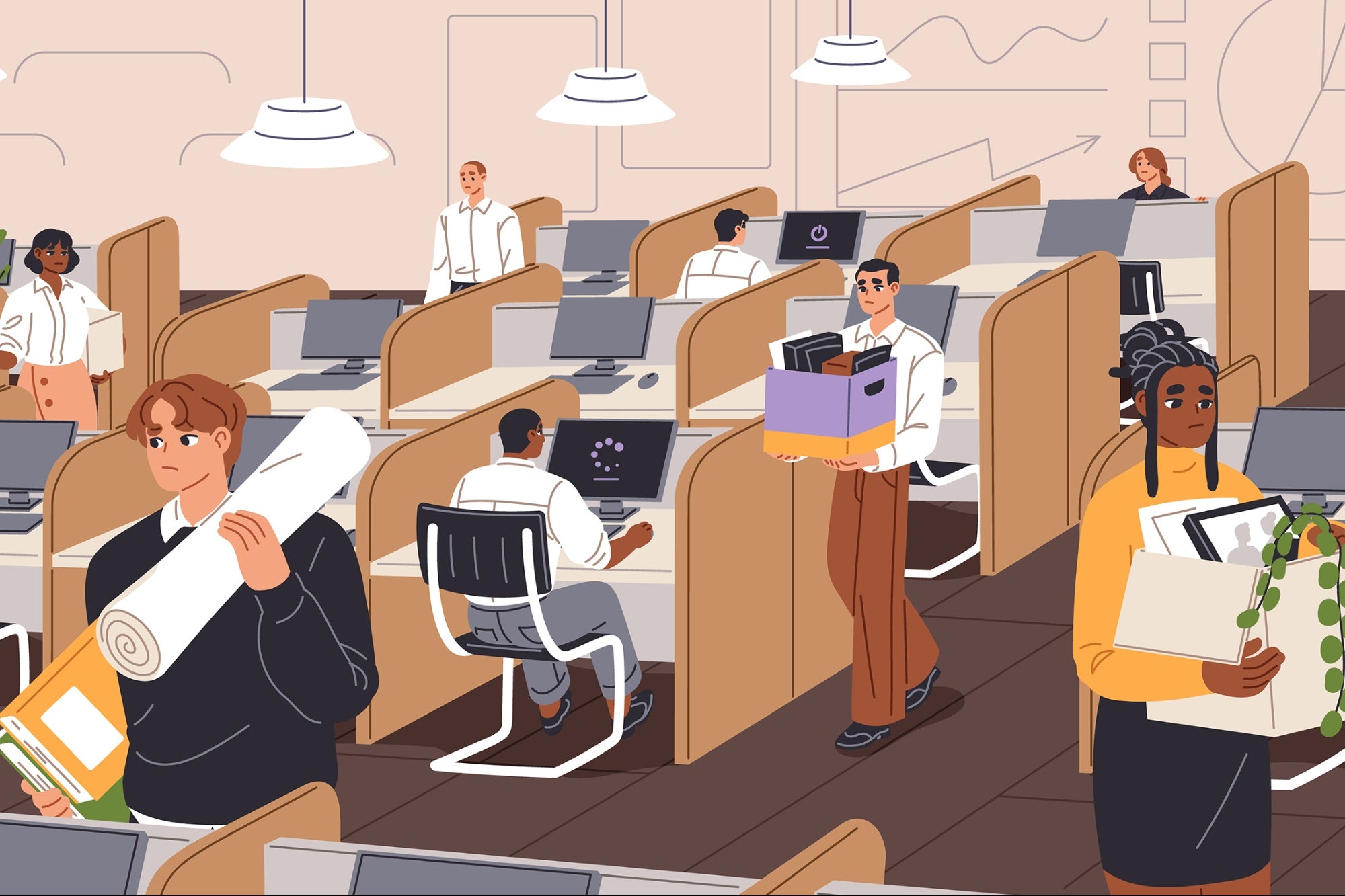How 3-D Printing Is Becoming a Game-Changer Across Industries Here's a look at five ways 3-D printing is refashioning product manufacturing, from housewares to shoes and even fine art.
By Heesun Wee
This story originally appeared on CNBC

3-D printing is hot. No longer an industry secret, the technology is transforming everything from medicine to home goods. With desktop models priced at about $2,000, more people are tinkering with consumer 3-D printing.
The global market for additive manufacturing products and services in 2012 grew 28.6 percent to $2.2 billion, according to an annual report from Wohlers.
Related: 3-D Printing Startup MakerBot Acquired for $403 Million
"We have yet to conceive what will happen," said Ed Morris, director of the National Additive Manufacturing Innovation Institute (NAMII). A host of 3-D printed products were on display at this year's RAPID conference in Pittsburgh, revealing what's possible.
Metal
In additive manufacturing of metals, lasers are used to weld metallic powder into structures. In other applications, spools of metal wires are beaded into shapes. No longer reliant on shapes that conventional machines stamp out, precision-casting companies can make complex shapes that previously weren't possible.
Years from now, cars and other modes of transportation could be manufactured more cheaply and more quickly and domestically via 3-D printing. General Electric recently announced a design contest in which participants create a 3-D-printable design for an aircraft engine bracket.
See also: MakerBot's 3-D Printers Lead the Hardware Revolution
Housewares
The object is a functioning lamp made with 3-D printing. Unlike traditional fabrication methods, additive technology allows for the custom creation of nonsolid, honey-comb like structures. You'll soon be able to design your own home goods.
See also: Job Hunting Gifts for Grads
Apparel
Furnishings and fixtures are just the beginning. Why not print wearable designs? Morris of NAMII wore one of these bow ties at RAPID.
See also: Best Selling Games -- So Far
Shoes
Pierre Renaux, a student at the Royal Academy of Fashion in Antwerp, has unveiled a line of shoes, all made using 3-D printing. Fierce and fabulous.
See also: 10 Cool American-Made Products
Art
Andy Warhol's iconic Campbell soup can prints were just the beginning. As desktop 3-D printers become increasingly affordable, expect more artists to experiment with them.
"Tomato Paint Soup," from Emanuele Niri, was among the 3-D art pieces featured at Pittsburgh's Andy Warhol Museum. The show was sponsored by Belgian-based additive manufacturer i.materialise.
Just as Warhol mass-produced art using silk-screening techniques during the 1960s, so artists today can use 3-D printers.
"I can imagine Warhol's Factory, today, packed with 3-D printers, printing his objects," show curator Murray Moss said.



 imaterialise
imaterialise










